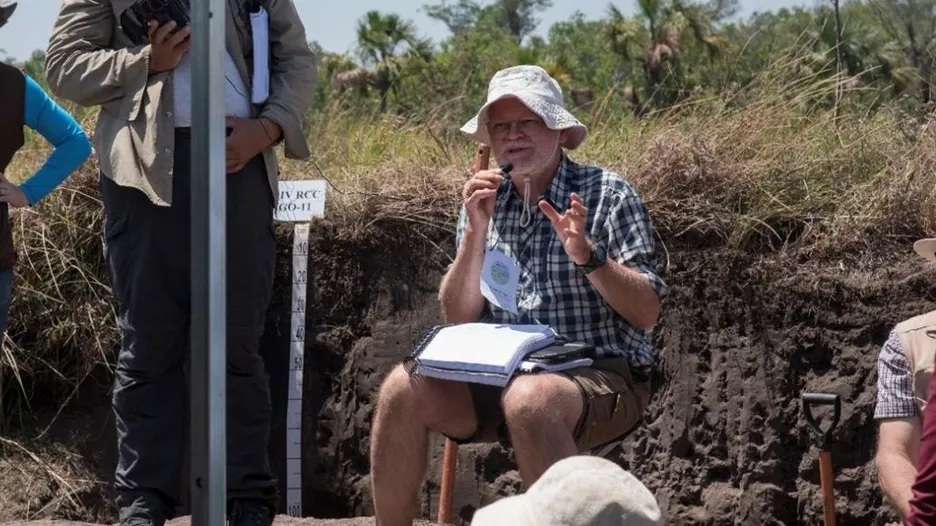Peter Schad, scientist at the Chair of Soil Sciences, was honoured for his many years of commitment to the international soil classification system “World Reference Base for Soil Resources” (WRB). Scientists can use a soil classification system to gain a quick overview of soils. “It works like taxonomic names in the animal and plant kingdoms,” explains Peter Schad: ”We hear a name and can imagine what it is.”
The international soil classification system
Most industrialized countries with a long tradition of soil science have a national soil classification system, but this can usually only be applied in the climate zones of the respective country. Most countries in the Global South, on the other hand, do not have their own classification system. This situation made a globally applicable international system necessary, which was first presented in 1998. “With the WRB, we now have an international basis for soil classification,” emphasizes Peter Schad.
From 2010 to 2022, Peter Schad chaired the international working group responsible for the further development of the system. The third and fourth editions were developed under his leadership. These brought significant improvements to the system and subsequently a breakthrough in its global acceptance. He also made a significant contribution to the practical application of the system through numerous international field workshops and courses.
The IUSS represents around 60,000 members worldwide. Every four years, the IUSS Council elects around ten new honorary members, this year only eight. In the 100-year history of the IUSS, twelve honorary members now come from Germany. The first was Emil Ramann, after whom Emil-Ramann-Str. is named on the TUM campus in Freising.
